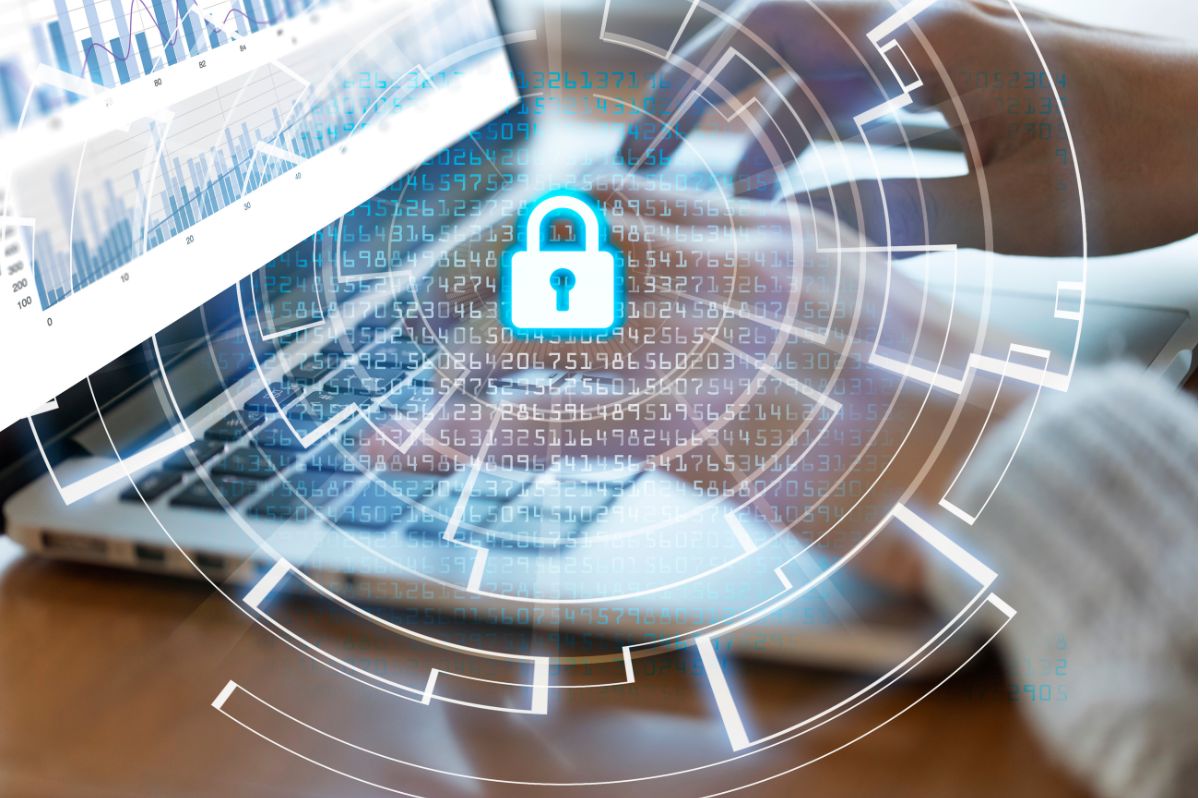Move Towards Passwordless Security: Embracing Change on Identity Management Day

Move Towards Passwordless Security: Embracing Change on Identity Management Day
As we celebrate Identity Management Day, business leaders and IT decision-makers must understand the significance of identity management in today’s digital landscape. With the increasing dangers of not properly securing identities and access credentials, the need for unified access and passwordless security solutions has never been more pressing.
The Urgent Call of Identity Management Day: Why Leaders Must Listen
Identity Management Day underscores a critical, often overlooked aspect of cybersecurity that demands our immediate attention and action. In an era where digital identities form the backbone of almost every cyber transaction and interaction, the cost of neglect in this domain can be devastating. To make matters worse, more than 80% of confirmed breaches are related to stolen, weak, or reused passwords, an issue that is hard to combat when you rely on passwords to keep your critical data safe. This observance acts as a wake-up call to business executives and IT strategists, urging them to elevate identity management to the top of their security agendas.
The digital landscape is rife with sophisticated threats that prey on weak links in identity and access management protocols. It is no longer a question of if but when an organization will find itself in the crosshairs of these cyber adversaries. The stakes are high, and the potential damage – ranging from financial loss to irreparable harm to reputation – can be catastrophic.
Leadership in this context involves not just awareness but proactive engagement with the latest in identity-centric security methodologies. The mantle of responsibility rests with those at the helm to ensure that their organizations are not merely reacting to threats as they emerge but are steps ahead, fortified by preemptive planning and robust security architectures. This entails a commitment to understanding the nuances of identity management, from governance to the adoption of innovative technologies designed to preempt breaches.
As we commemorate Identity Management Day, it becomes imperative for leaders to introspect on their current identity management strategies and embrace a forward-looking posture. This is a pivotal moment to champion change, advocate for stringent identity protection measures, and lead organizations towards a more secure and resilient future. The path forward is clear – it is one that requires unwavering dedication, visionary leadership, and a steadfast commitment to safeguarding digital identities against the burgeoning tide of cyber threats.
Understanding the Pillars of Identity Management
In the realm of digital security, the comprehension and application of identity management’s foundational pillars stand as a beacon for organizations aiming to fortify their defenses against the incessant waves of cyber threats. These pillars—governance, processes, and technology—constitute the trinity that underpins effective identity management systems. To navigate the complex cybersecurity landscape, organizations must delve deep into each of these components, understanding their unique roles and synergies.
Governance serves as the strategic framework guiding the management and security of identities. It is the compass by which policies are developed, ensuring that identity management aligns with broader organizational objectives and compliance requirements. This layer of oversight and direction is paramount, as it establishes the principles and standards that shape the secure handling of digital identities.
Processes are the operational backbone, the series of actions and protocols that operationalize governance policies into day-to-day activities. They ensure the consistent and effective application of security measures across all user interactions and access points. Through well-defined processes, organizations can streamline identity verification, access controls, and response strategies, thereby minimizing vulnerabilities and enhancing efficiency.
Technology, the third pillar, offers the tools and solutions that actualize governance and processes into tangible security outcomes. Cutting-edge technological advancements enable organizations to deploy sophisticated identity management systems, from biometric authentication to blockchain-based verification mechanisms. Embracing innovative technologies is not a mere option but a necessity in constructing a resilient identity management infrastructure capable of thwarting advanced cyber threats.
In synthesizing these pillars, organizations embark on a comprehensive approach to identity management. By meticulously integrating governance, processes, and technology, they lay the groundwork for a robust identity management system—one that not only defends against current threats but is also adaptable to the evolving digital landscape. This integration is the cornerstone upon which secure digital identities are built and safeguarded, marking the path forward for organizations seeking to navigate the complexities of cybersecurity with confidence and foresight.
The Visionary Path to Unified Access and Passwordless Futures
The relentless advancement of technology and the interconnectedness of our digital world demand a bold reimagining of security paradigms. The journey towards unified access and the embrace of passwordless futures represents a seminal shift in the battle against cyber threats. This visionary path is not merely about adopting new technologies; it’s a comprehensive realignment of our approach to identity management, underscoring the imperative to transcend traditional password-dependent frameworks.
Unified access epitomizes the seamless integration of authentication mechanisms across diverse platforms and systems, facilitating a user experience that is both secure and intuitive. It is the harbinger of an era where access control transcends the boundaries of passwords, employing a constellation of authentication factors that are inherently more secure and less susceptible to compromise. These may include biometric verification, security tokens, and behavioral analytics, each contributing a layer of defense that collectively fortifies the digital ecosystem against unauthorized intrusions.
The move towards a passwordless future is not merely a technical evolution but a strategic imperative. It acknowledges the inherent vulnerabilities of password-based security – the human propensity for creating weak passwords, the logistical challenges of managing them, and their susceptibility to phishing attacks and breaches. By contrast, passwordless authentication methods offer a more robust and user-friendly alternative, significantly reducing the attack surface for cyber adversaries.
Embracing this visionary path necessitates a paradigmatic shift in mindset among leaders and decision-makers. It requires the courage to innovate, the wisdom to foresee the emerging landscape of cyber threats, and the resolve to implement forward-thinking security strategies. As organizations chart their course towards unified access and passwordless futures, they embark on a transformative journey that not only enhances security but also redefines the very essence of digital identity management in the modern era.
Considering adopting a unified access approach? Check out our webinar on the Pillars of Unified Access Control to gain a better understanding of the value it will bring to your IT security strategy.
Implementing Identity-Centric Security Best Practices
The imperative of adopting identity-centric security best practices cannot be overstated within the realm of modern cybersecurity frameworks. As organizations navigate through the labyrinth of evolving digital threats, anchoring their defense strategies in identity-centric methodologies emerges as a linchpin for robust security postures. The principle of least privilege access forms the foundation of this approach, ensuring that access rights are meticulously calibrated to the minimal level necessary for users to fulfill their roles. This minimization of access privileges acts as a crucial barrier, significantly mitigating the potential for unauthorized data breaches and system infiltrations.
Continuous monitoring represents another cornerstone of identity-centric best practices. In an environment where threat vectors are continually morphing, the vigilance afforded by real-time monitoring of user activities and access patterns is indispensable. This proactive surveillance enables organizations to detect anomalies and respond to potential security incidents with alacrity, thereby closing the window of opportunity for cyber adversaries.
Furthermore, the deployment of robust authentication mechanisms stands as a testament to an organization’s commitment to securing its digital identities. The adoption of multifactor authentication (MFA), leveraging a combination of something the user knows, has, and is, elevates the security threshold, creating a formidable barrier against unauthorized access attempts. This layered approach to authentication enhances the integrity of access control but is still vulnerable. The best option to keep your network safe is to migrate to a passwordless approach.
Embracing these identity-centric security best practices is not merely a technical endeavor but a strategic imperative. It requires a holistic understanding of the threat landscape, a commitment to continuous improvement, and an unwavering dedication to safeguarding the digital identities that are the lifeblood of the contemporary organizational ecosystem.
The Role of Leadership in Cultivating a Secure Digital Culture
In the quest to establish a resilient digital fortress, the impetus falls squarely on the shoulders of organizational leaders. It is their vision and proactive stance towards the integration of identity-centric security practices that pave the way for a culture steeped in vigilance and responsibility. Such a culture does not emerge by happenstance but is carefully nurtured through deliberate action and unwavering commitment. Leaders set the tone, embedding security into the fabric of the organization’s ethos, making it a universal priority rather than a peripheral concern.This leadership imperative extends beyond mere policy implementation. It involves engendering an environment where every member of the organization feels personally invested in the security of digital assets. Through educational initiatives, regular security briefings, and open forums for discussion, leaders can demystify cybersecurity, transforming it from a daunting challenge into a collective mission. This educational crusade equips team members with the knowledge and tools necessary to recognize and thwart potential threats, fostering a proactive mindset that is critical in today’s fast-evolving threat landscape. Moreover, by advocating for cutting-edge security technologies and practices, leaders exemplify a forward-thinking approach that encourages innovation and adaptability. This not only positions the organization at the forefront of cybersecurity but also signals to employees the critical nature of their roles in this ongoing battle. Ultimately, it is the caliber of leadership that determines whether an organization’s digital culture is its Achilles’ heel or its strongest bulwark. In championing a culture where security is ingrained and revered, leaders are the architects of a future where digital identities are shielded with unwavering diligence and sophistication.
Try Portnox Cloud for Free Today
Gain access to all of Portnox's powerful zero trust access control free capabilities for 30 days!



